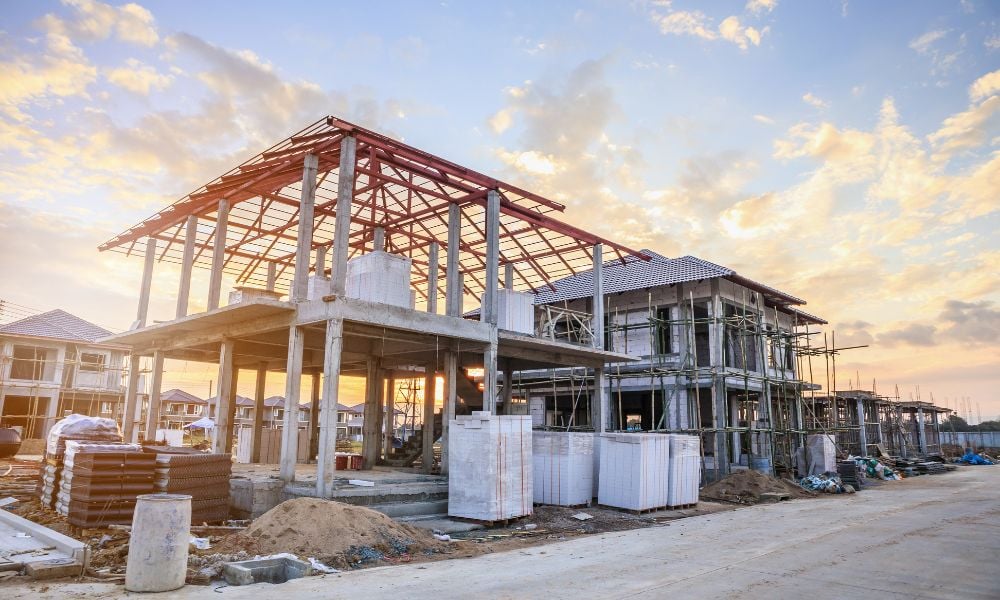New dwelling consents fall 3.8% due to dip in multi-unit housing

Aotearoa New Zealand approved fewer new homes in the year ended May 2025 compared with the previous year, as the residential construction sector continues to adjust from the post-pandemic building boom.
According to new data from Stats NZ, 33,530 new dwellings were consented during the 12-month period – a 3.8% decrease from the year ended May 2024. The latest figures reflect a broader slowdown from the record high of 51,015 homes consented in the year ended May 2022. However, the decline has been less steep in recent months.
“While consent numbers fell sharply after that peak, they have levelled out over the past year,” said Michelle Feyen, economic indicators spokesperson at Stats NZ.
The overall drop in annual consents was mainly driven by a sharp fall in multi-unit housing. In the year to May 2025, 17,852 multi-unit homes were approved, marking an 8.6% decline. This included a decrease in the number of townhouses, flats, and units, which fell by 11%. Retirement village unit approvals also declined, while apartment consents rose slightly.
In contrast, stand-alone houses showed a modest rebound. There were 15,678 stand-alone homes consented in the same period – an increase of 2.4% from the previous year. This signals a shift in building activity away from higher-density developments, which had dominated the market in recent years.
On a monthly basis, there were 3,151 new homes consented in May 2025, slightly below the 3,176 recorded in May 2024. This included 1,464 stand-alone houses, which was a 5.9% drop year-on-year, and 1,687 multi-unit dwellings, which increased by 4.1%. Within the multi-unit category, there were fewer townhouses and flats compared with the same month last year, while apartment and retirement village consents rose.
Seasonally adjusted figures showed a 10% rise in total consents from April to May 2025, following a 15% drop the month before. Stand-alone house approvals also went up 3.5% after falling in April.
Stats NZ’s figures suggest that while construction demand has cooled overall since the 2022 peak, activity remains relatively steady, with builders continuing to pivot between different types of housing based on market conditions.



